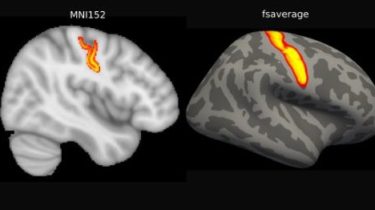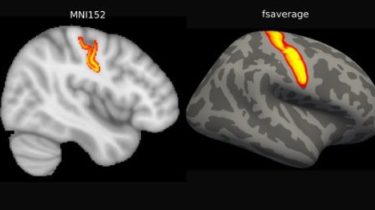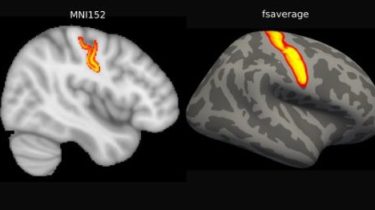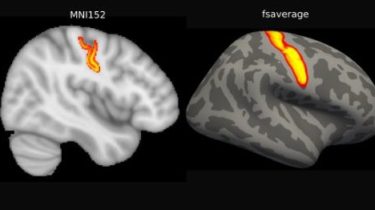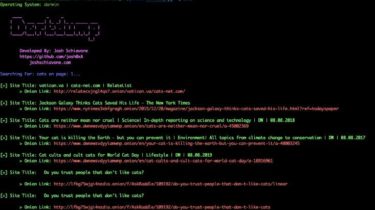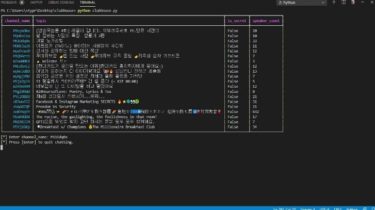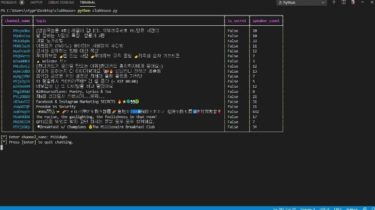An assignment on creating a minimalist neural network toolkit for CS11-747
by Graham Neubig, Zhisong Zhang, and Divyansh Kaushik This is an exercise in developing a minimalist neural network toolkit for NLP, part of Carnegie Mellon University’s CS11-747: Neural Networks for NLP. The most important files it contains are the following: minnn.py: This is what you’ll need to implement. It implements a very minimalist version of a dynamic neural network toolkit (like PyTorch or Dynet). Some code is provided, but important functionality is not included. classifier.py: training code for a Deep […]
Read more